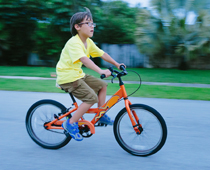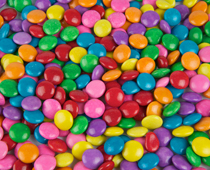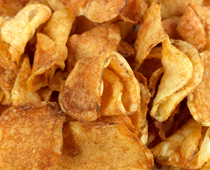
Ask the AI Tutor
Need help with Year 2 Calculation - Multiplication and Division? Ask our AI Tutor!
AI Tutor - Lucy
Connecting with Tutor...
Please wait while we establish connection

If 16 pencils are shared between 2 people they both get 8 pencils each.
Year 2 Calculation - Multiplication and Division
Build quick skills with multiplication and division. Make equal groups, skip-count, use arrays, and check answers by reversing the operation to keep working accurately and confidently.
To see a larger image, click on the picture.
Question 1
Question 2
Question 3
Question 4
Question 5
A company packs ice lollies into boxes of 10. Each box has 5 strawberry and 5 blackcurrant lollies. They have made 50 strawberry and 50 blackcurrant lollies.
How many full boxes can they make?
100
20
50
10
There are 100 lollies altogether. 100 divided into groups of 10 means they could make 10 full boxes
Question 6
Question 7
Question 8
Question 9
**Unlimited Quizzes Await You! 🚀**
Hey there, quiz champ! 🌟 You've already tackled today's free questions.
Ready for more?
Ready for more?
🔓 Unlock UNLIMITED Quizzes and challenge yourself every day. But that's
not all...
not all...
🔥 As a Subscriber you can join our thrilling "Daily Streak" against other
quizzers. Try to win a coveted spot on our Hall of Fame Page.
quizzers. Try to win a coveted spot on our Hall of Fame Page.
Don't miss out! Join us now and keep the fun rolling. 🎉
**Unlimited Quizzes Await You! 🚀**
Hey there, quiz champ! 🌟 You've already tackled today's free questions. Ready for more?
🔓 Unlock UNLIMITED Quizzes and challenge yourself every day. But that's not all...
🔥 As a Subscriber you can join our thrilling "Daily Streak" against other quizzers. Try to win a coveted spot on our Hall of Fame Page.
Don't miss out! Join us now and keep the fun rolling. 🎉
















